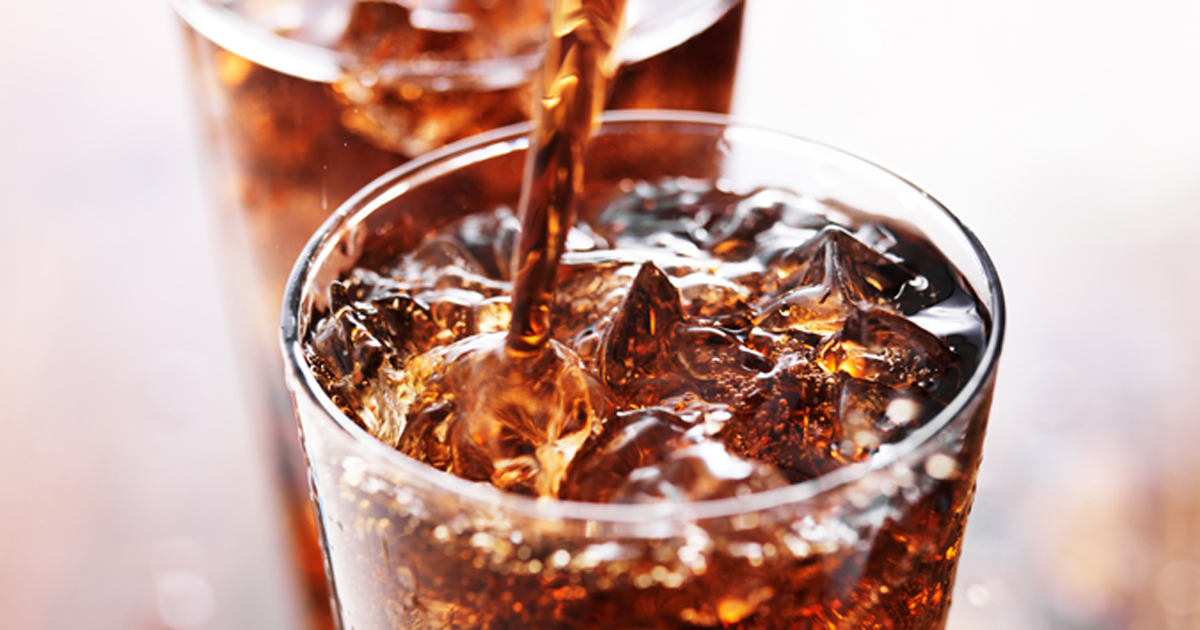Including warning labels may limit soda consumption
LAS VEGAS — Consumers report more consistently considering the negative health effects of drinking soda and other sugary beverages when health warning labels are included in packaging, according to findings presented at ObesityWeek.

“This research helps us understand how sugary drink warnings change behavior. This is important for two key reasons. First, understanding the mechanisms through which warnings change behavior can help us design better warnings, because we will know what factors to target,” Anna H. Grummon, PhD, MSPH, a David E. Bell fellow at the Harvard Center for Population and Development Studies at the Harvard T.H. Chan School of Public Health, told Endocrine Today. “Second, understanding these mechanisms can help scientists refine our ideas about the most effective ways to encourage healthier behaviors. As we learn more about how policies like warnings work, we get a better understanding of how to change behavior in general.”
Grummon and colleagues evaluated the purchasing decisions and reactions of 400 adults who were randomly assigned to shop in a “naturalistic convenience store laboratory” that either had products with health warning labels or products without health warning labels.

According to the researchers, participants considered the negative health effects, noticed the warnings, had “negative emotions” and “anticipated social interactions” at higher rates when the health warning labels were included vs. when they were not included.
“We found four factors that explain why warnings discourage consumers from buying sugary drinks,” Grummon said. “Warnings work by keeping the harms of sugary drinks at top of mind while people are shopping, eliciting emotions, sparking social interactions — or plans to have social interactions — about the warnings, and shifting social norms about how much we should consume sugary drinks.”
The researchers also said that participants indicated the warnings “increased injunctive norms about limiting [sugar-sweetened beverage] consumption.”
“Our research suggests warnings can help consumers make healthier choices about what drinks to buy,” Grummon said. “In our study, participants exposed to health warning labels reported that they thought more about the harms of consuming sugary drinks than participants who saw neutral control labels. This is one important way that warnings help promote informed decisions: Warnings help consumers keep the health harms of sugary drinks at top of mind while they're deciding what to buy.”
Grummon also noted that sugar-sweetened beverages are not the only products for which warning labels have proven to be effective.
“Our current study found that sugary drink warnings seem to work in a very similar way as cigarette warnings,” Grummon said. “That is, for both types of products, similar factors explain why warnings change behavior. This suggests that there may be a general way that warnings work, regardless of what product we are examining. Smoking cigarettes and consuming sugary drinks are very different behaviors, so it was interesting to learn that warnings for these two types of products might work in similar ways.” – by Phil Neuffer
Reference:
Grummon AH, et al. T-OR-2011. Presented at: ObesityWeek 2019; Nov. 3-7, 2019; Las Vegas.
Disclosure: Grummon reports no relevant financial disclosures.

